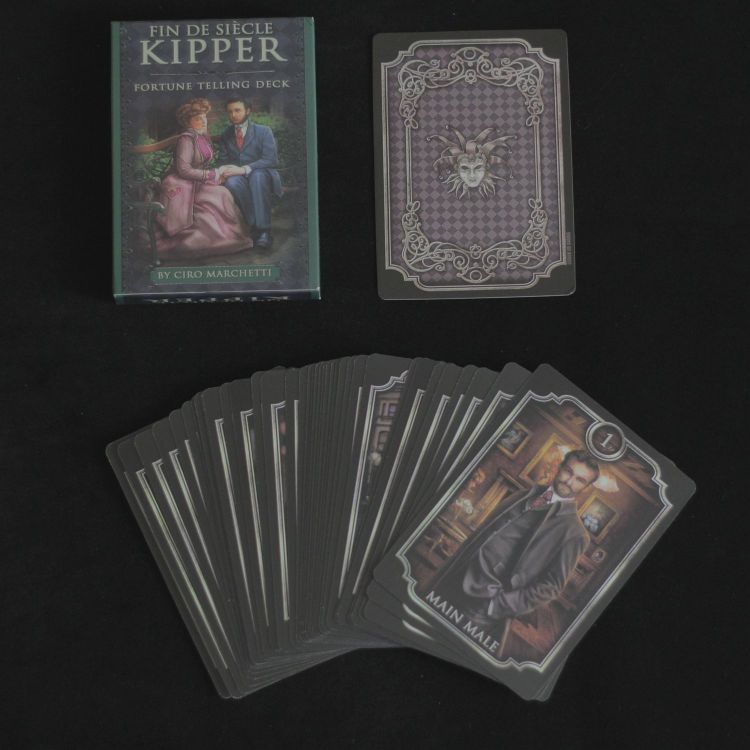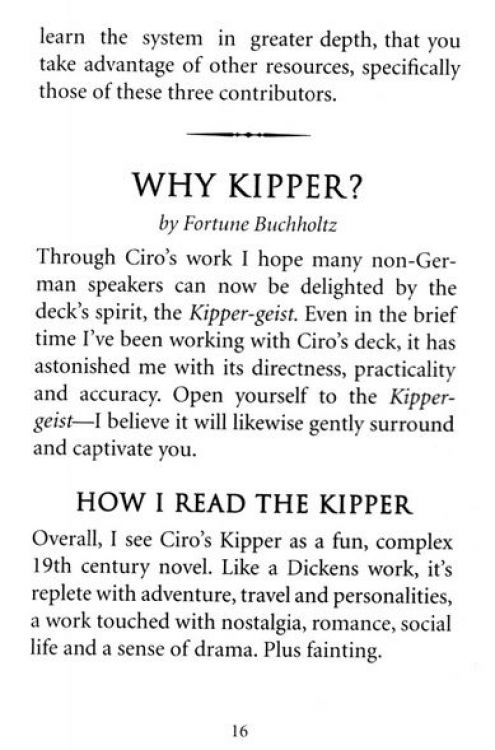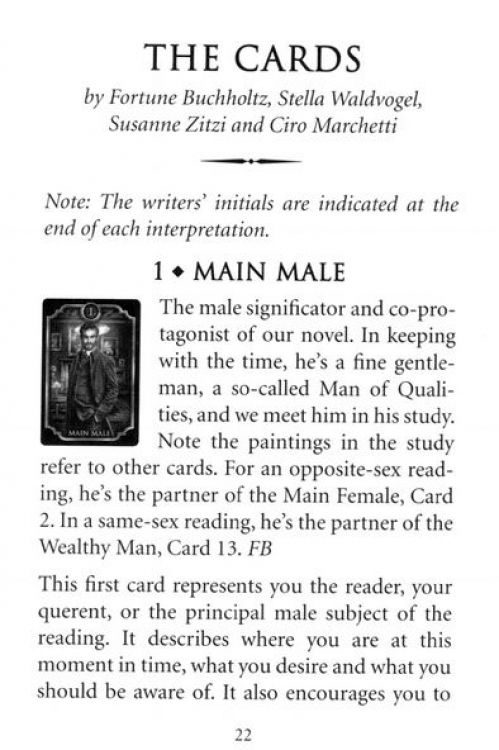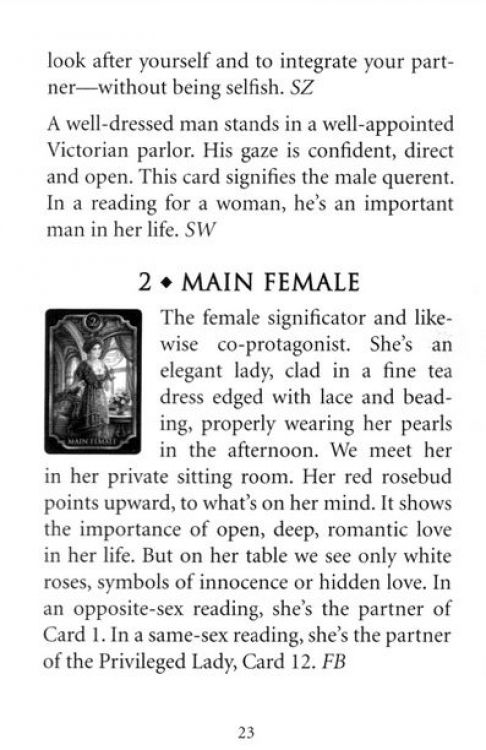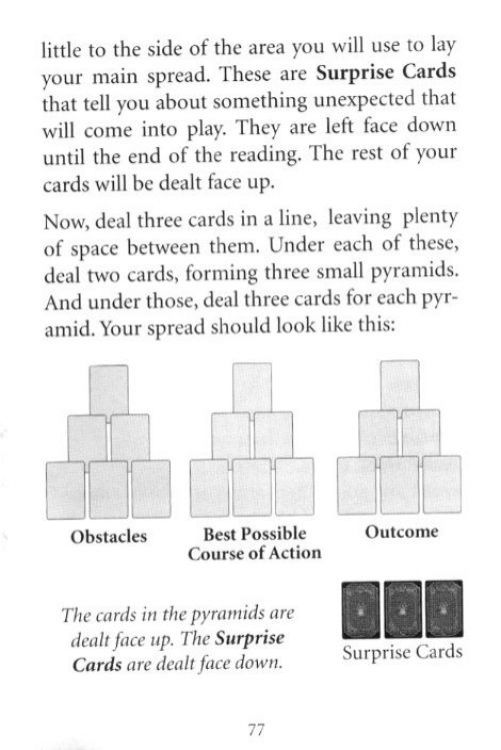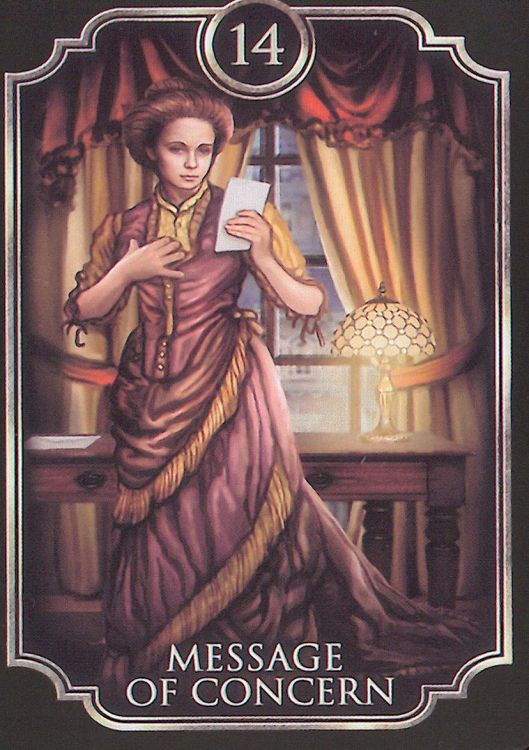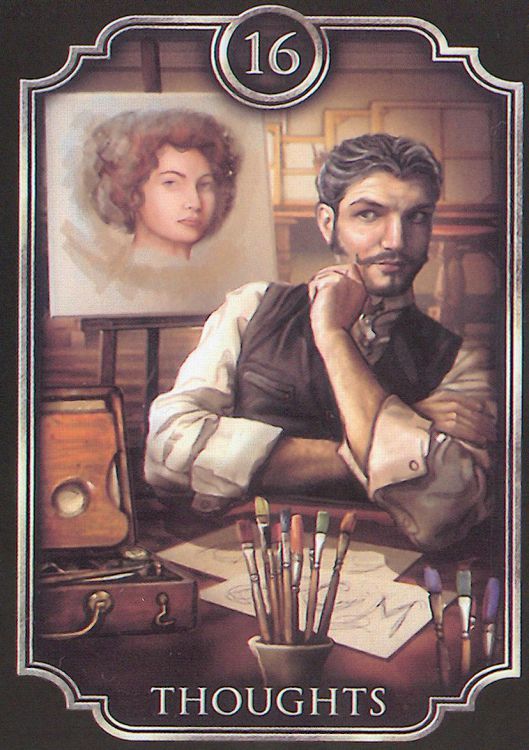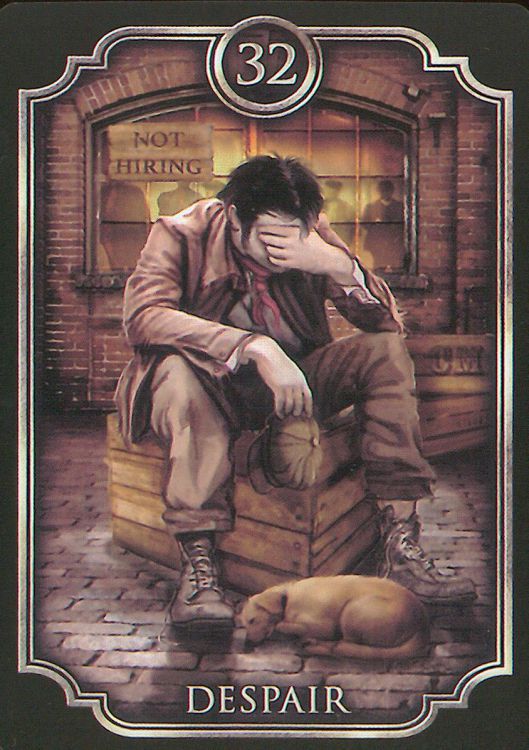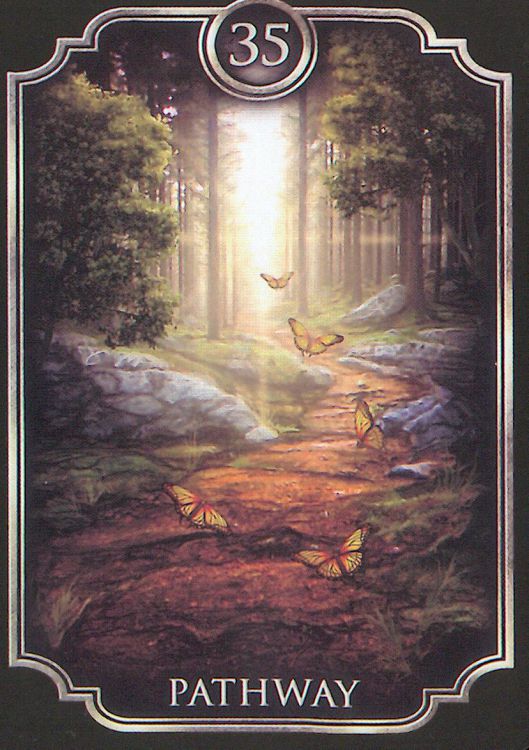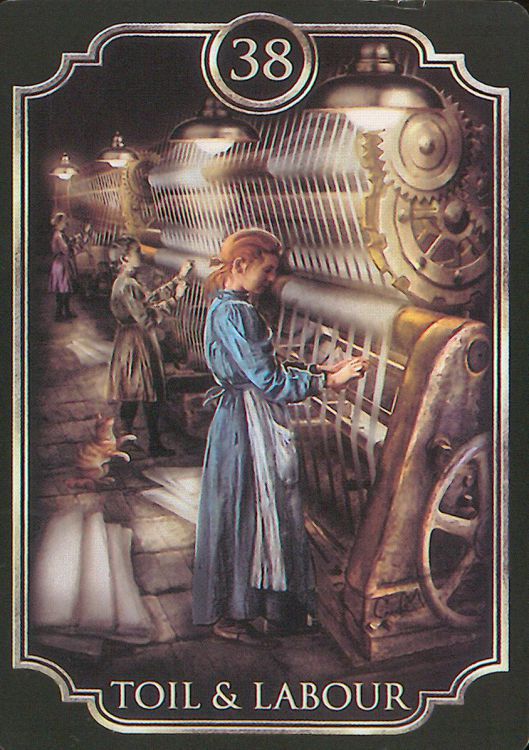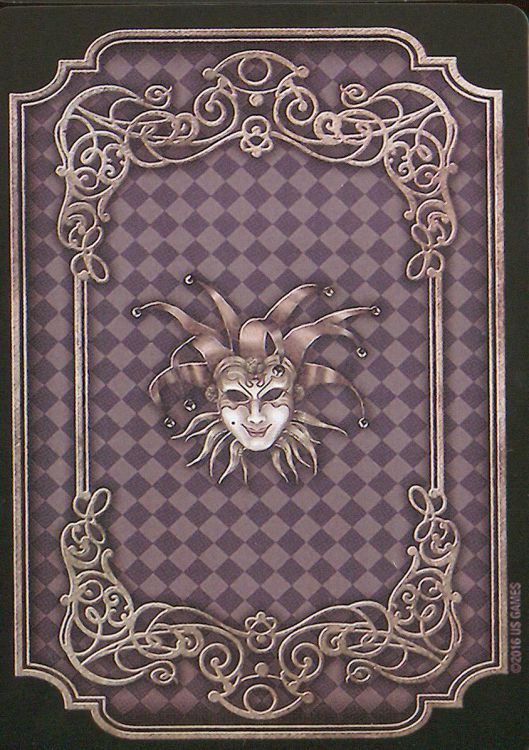As a tarologist, practicing psychological tarot, I spontaneously take some distance from oracles of pure divination or even clairvoyance, of which the Kipper is clearly a part. Even with the quality work of Ciro Marchetti, I find it difficult to enter this game. The Victorian era with the values it brought, seems to me distant, especially since this game seems to be made for the ladies of the salon of the bourgeoisie, concerned about their marriage, or the wealth or legal troubles of their family. In the current context of our time, this totally renovated game has a retro but also obsolete charm. On the side, I prefer the Lenormand which contains more timeless objects with a broader symbolism.
This kind of oracles (Kipper, Lenormand, etc.) having a simple content, can be addressed to beginners who have difficulty in getting used to the density and richness of the tarot. The assimilation of a deck of about forty cards with simple meaning is fast, much faster than the time needed to learn the Tarot which includes 78 cards. The practitioner can compensate for the lack of nuance and finesse of the Kipper cards by dealing many cards during a reading.This is a way to base our interpretation on a suitable wealth of information, a diverted way of course, but still an acceptable way
Also the novice, can start to draw cards with a Lenormand or Kipper before moving on to heavier and deeper games. Especially since there is a real variety of Lenormand or Kipper games on the market, the beginner can find the game that suits his taste.
Update october 2022 :
I was recently trained on the Lenormand and saw it in action during an entire seminar. I have to admit that a Kipper or Lenormand is much more "cash" than a tarot. And even though a reading often needs to be formulated with nuance, some consultants need a clear-cut answer, which a Lenormand or Kipper can provide more easily than a tarot. Faced with a "soft" reading (it happens) or a consultant disappointed with a mixed answer from the tarot, a very suitable solution may be to draw a Kipper or Lenormand card or another oracle, as an advice card to conclude the reading.
I recently bought a modern Lenormand self-published by clear_the_deck on the theme of piracy. I must admit I was really convinced by this Lenormand version, very grounded and adapted to our world "at war" and where we live in a jungle, each one a little for himself (the world of piracy is the perfect metaphor). I'm seriously considering a parallel use of my tarot. So there are modern Lenormand and Kipper versions that can be very good decks.

